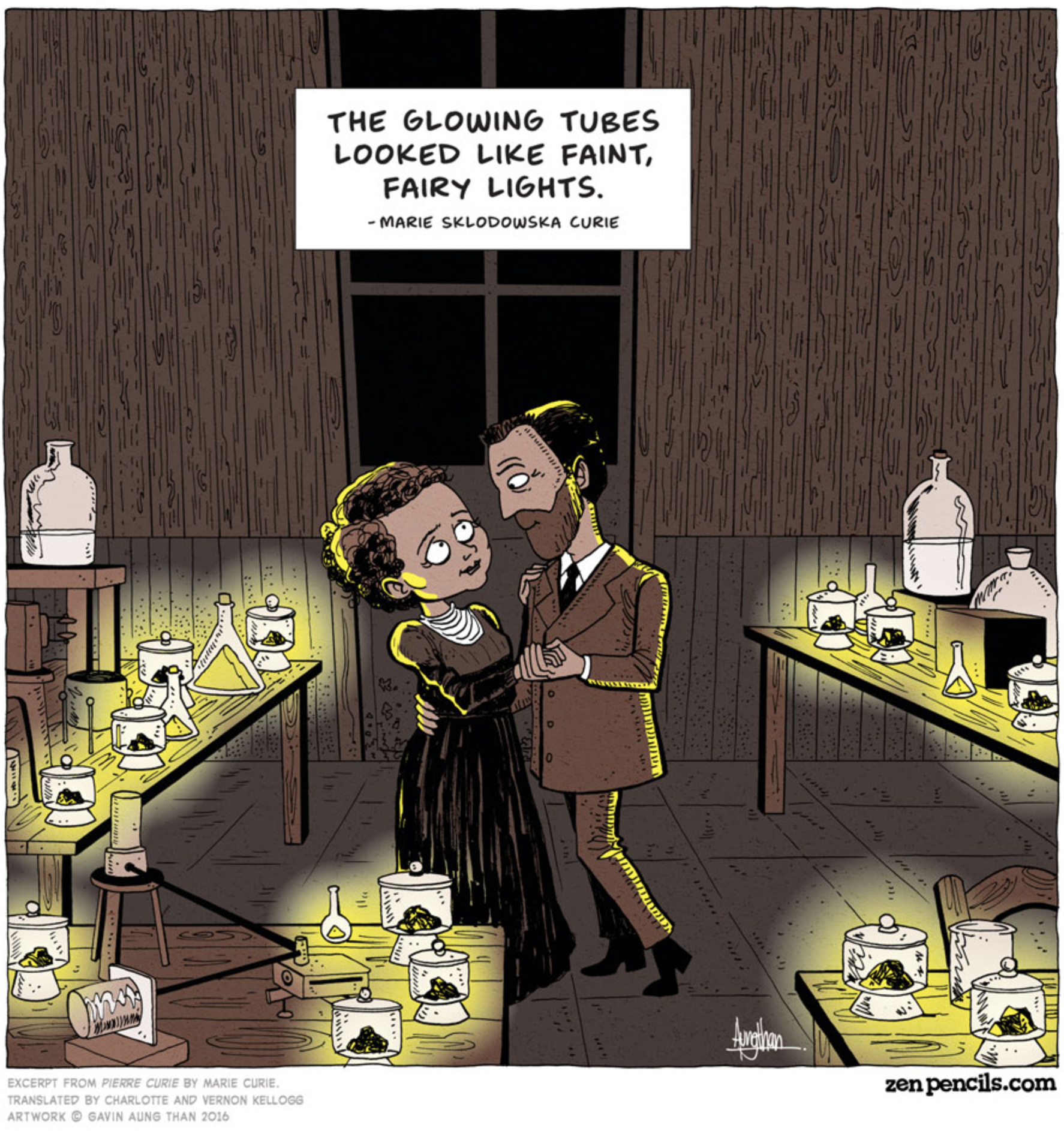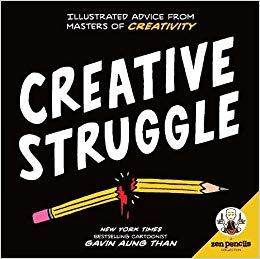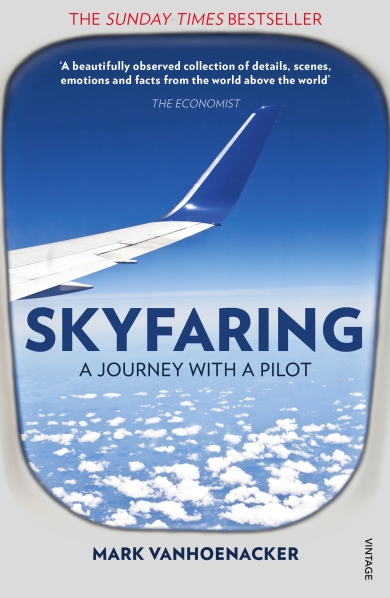“You can love someone and still choose to say goodbye to them,” she says now. “You can miss a person every day, and still be glad that they are no longer in your life.”
I picked up the book after hearing a lot about it. I started reading and realised this is one of the most shocking and intriguing biographies I’ve ever read. No wonder why Barack Obama mentioned it as Remarkable, and Bill Gates commented, It’s even better than you’ve heard! It is indeed.

Educated is the memoir of Tara Westover. She never went to school. Her parents were against formal education. They believed that education corrupts people. She talks about her life in the valley of Idaho, which was her whole world until the age of seventeen. When she started her formal education, it was the beginning of her transformation. She narrates her experiences, struggles, and how her perspective about the world changed over the course of a decade.
My father and I looked at the temple. He saw God; I saw granite. We looked at each other. He saw a woman damned; I saw an unhinged old man, literally disfigured by his beliefs. And yet, triumphant. I remembered the words of Sancho Panza: An adventuring knight is someone who’s beaten and then finds himself emperor.
I quire enjoyed reading the book. I realised there are people whose lives are very different than what I could ever imagine. Life is sometimes not a choice of one’s own. The sheer courage and determination of Tara helped her to be what she is right now.






